In B2B marketing, subject matter experts (SMEs) are a company’s hidden superpower. Their expertise can position your brand as an authority, but without visibility, insight alone rarely moves the needle. That’s where LinkedIn Paid campaigns come in. By strategically amplifying SMEs’ content, organizations can turn thought leadership into a measurable engine for demand generation, simultaneously building brand authority and generating qualified leads.
The key is balance: authentic, insightful content combined with paid amplification ensures SMEs are seen by the right audience at the right time, without losing credibility or sounding overtly promotional.
Identifying the Right Subject Matter Experts for Amplification
Not every internal expert is naturally suited to public-facing thought leadership. Effective SMEs for LinkedIn campaigns typically:
- Possess deep industry knowledge relevant to your target audience
- Communicate clearly and persuasively in written or video formats
- Are enthusiastic about sharing insights externally
Aligning SMEs with both business goals and audience personas ensures their content addresses real pain points and resonates with potential buyers. Additionally, internal processes for content approval and compliance should be defined upfront to maintain consistency and brand integrity.
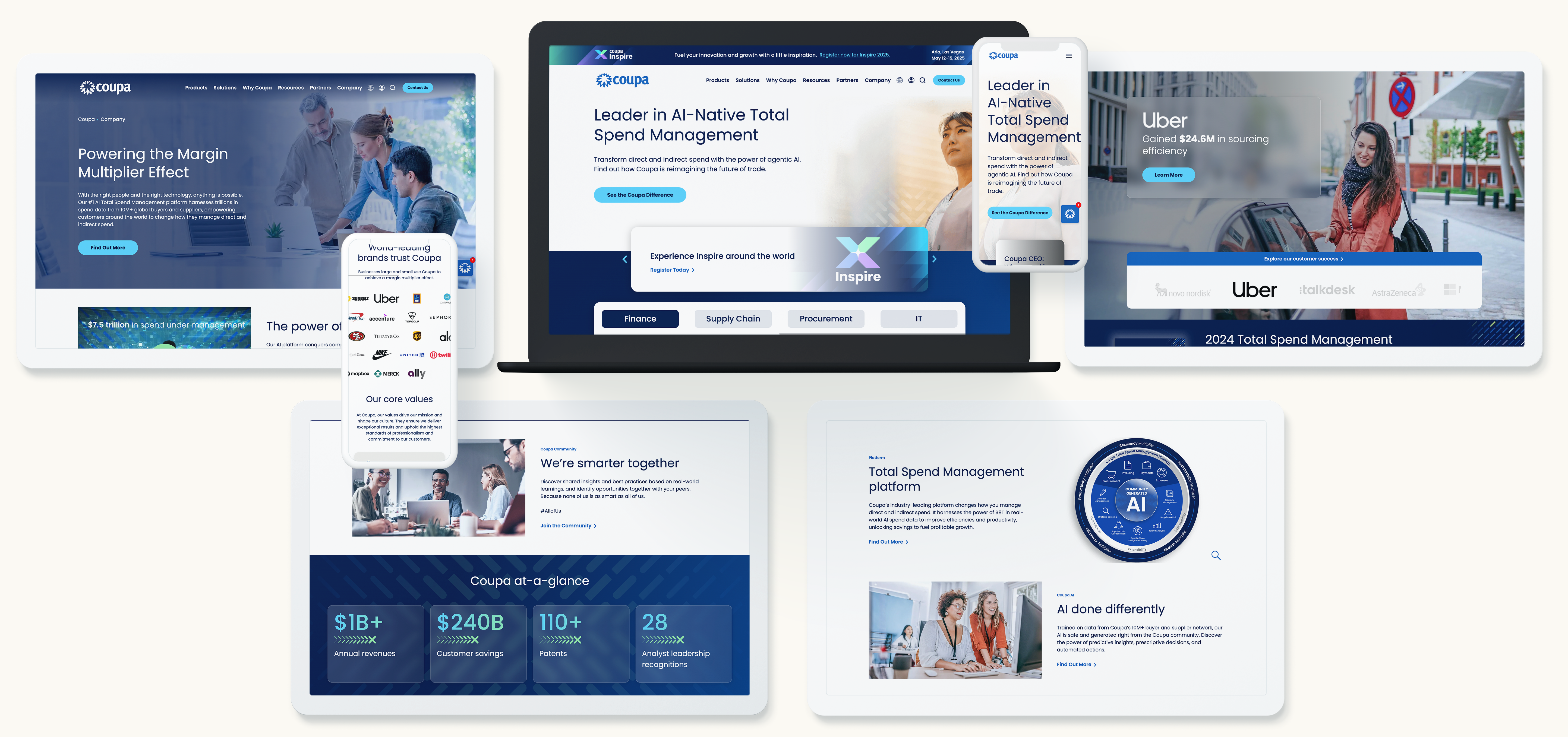
Crafting Content That Resonates on LinkedIn
The most successful LinkedIn campaigns start with content that is:
- Insightful and actionable: Industry trends, lessons learned, or innovative solutions
- Visually engaging: Slide decks, infographics, and carousel posts
- Digestible: Short, well-structured posts or video snippets for busy professionals
Repurposing internal expertise into formats optimized for LinkedIn engagement helps SMEs reach audiences efficiently while establishing authority. For instance, a technical expert can transform a complex whitepaper into a concise slide deck that highlights key takeaways for decision-makers.
Designing Paid LinkedIn Campaigns for Maximum Impact
Paid campaigns allow marketers to extend the reach of SME content beyond organic followers. Key components include:
Audience Segmentation
Targeting should be precise: decision-makers, industry peers, and relevant professional groups. Use LinkedIn filters such as role, seniority, company size, and industry to ensure content reaches the right people.
Campaign Objectives
- Awareness: Boost SME visibility and brand credibility
- Engagement: Encourage likes, comments, shares, and content interactions
- Conversion: Capture leads through webinar registrations, downloads, or demo requests
Budget and Bidding Strategy
Start with modest budgets to test performance, then scale successful campaigns. LinkedIn offers bidding options optimized for engagement or lead generation depending on your objectives.
Ad Creative Tips
- Showcase the authentic voice of the SME
- Include a clear call-to-action linking to gated content or lead capture forms
- Use compelling visuals, charts, or infographics to reinforce authority
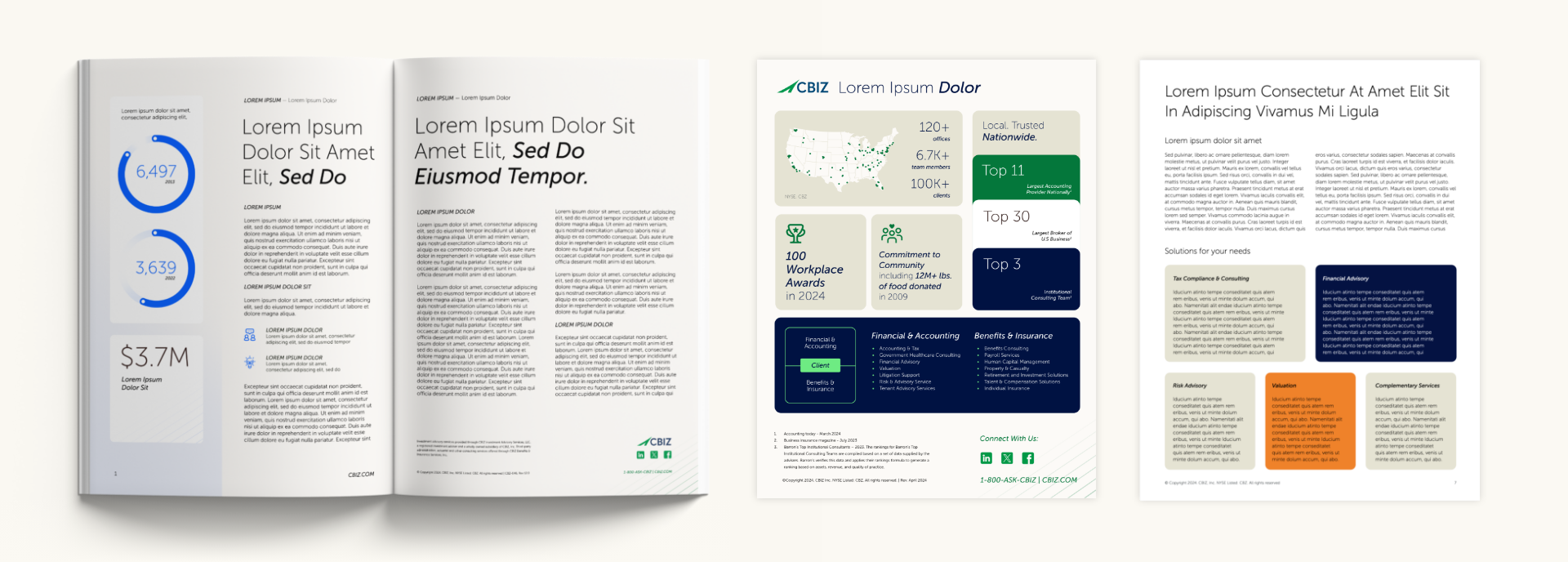
Measuring Success: From Authority to Pipeline
To ensure SMEs drive tangible business results, track both brand authority and demand metrics:
- Thought leadership metrics: Post views, likes, shares, and comments
- Demand generation metrics: Click-throughs, webinar registrations, form fills, and ultimately qualified leads
Setting up conversion tracking between LinkedIn campaigns and your CRM allows teams to quantify ROI and refine strategies based on what drives engagement and pipeline growth.
Optimizing and Scaling SME Campaigns
Continuous improvement ensures long-term impact:
- A/B test different content types, messaging angles, and ad formats
- Use retargeting to nurture previously engaged audiences
- Expand campaigns to additional SMEs or regional markets while maintaining authenticity
Scaling requires consistency: every SME’s voice should align with brand messaging while reflecting their unique expertise.
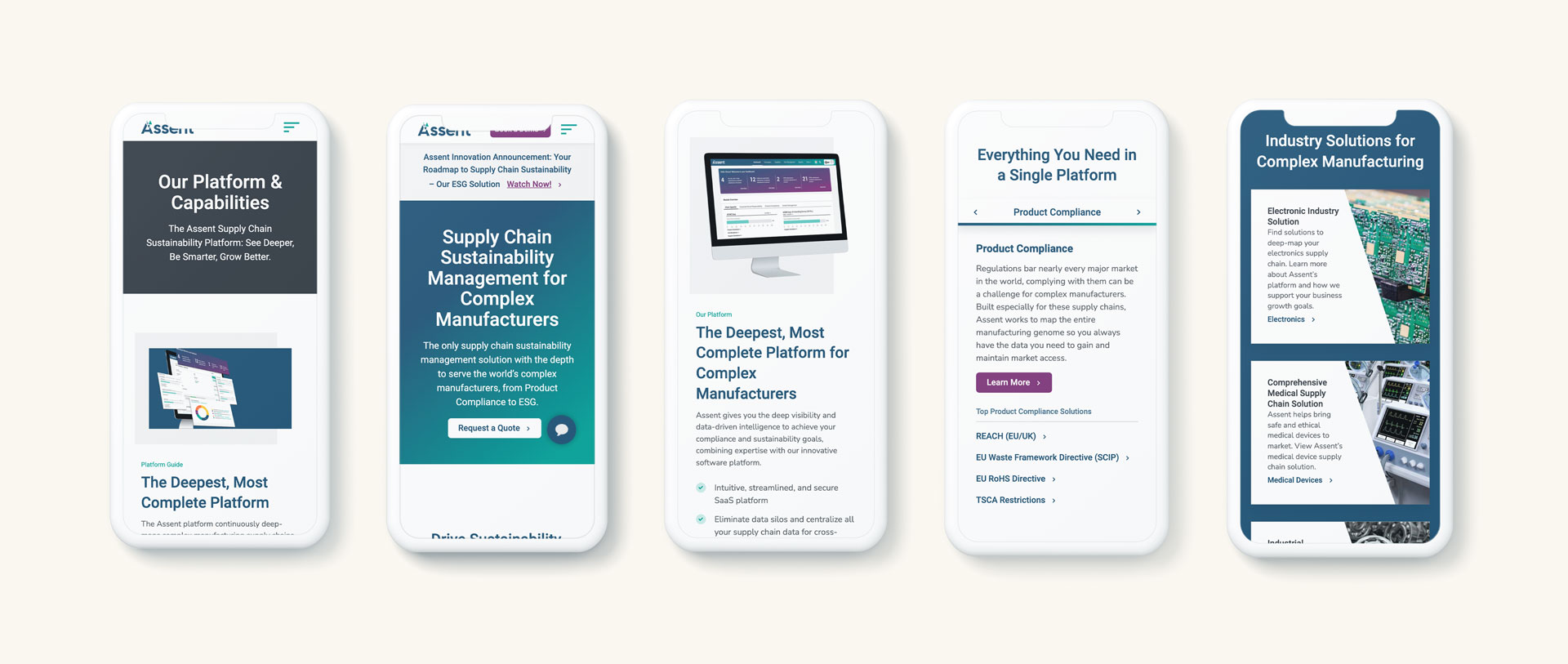
Best Practices and Compliance
Effective campaigns adhere to professional and ethical standards:
- Follow LinkedIn content guidelines and industry regulations
- Ensure SME messaging aligns with brand voice and approvals
- Avoid over-promotion; focus on insight and thought leadership to maintain credibility
Unlocking the Full Potential of LinkedIn Paid for Thought Leaders
When executed strategically, paid LinkedIn campaigns transform internal SMEs from quiet experts into demand-generating engines. Coordinated campaigns deliver:
- Brand authority: Positioning your organization as a leader in your field
- Pipeline growth: Driving engagement, leads, and conversions
Bluetext helps B2B marketers amplify their experts on LinkedIn to drive both authority and pipeline. Contact us to transform your thought leaders into demand engines.
For decades, search engine optimization (SEO) has been the cornerstone of digital visibility. Brands climbed the SERP ladder by fine-tuning keywords, metadata, backlinks, and technical performance. But as we enter a new era of information retrieval, one thing is clear: search is no longer just about search engines—it’s about AI.
From ChatGPT to Gemini, Claude to Perplexity, Large Language Models (LLMs) now answer millions of queries daily. Users aren’t clicking links—they’re receiving summaries. For marketers and content creators, that’s both a threat and an opportunity. The new challenge? Becoming the source behind the AI answer.
Enter LLMO and AEO—two game-changing approaches to digital strategy that help ensure your content surfaces in this AI-first discovery landscape.
What Is LLMO? Understanding Large Language Model Optimization
LLMO stands for Large Language Model Optimization—the practice of crafting content that LLMs can read, understand, trust, and surface in generated outputs. Unlike traditional SEO, which optimizes for web crawlers like Googlebot, LLMO focuses on the way AI models digest and regenerate language.
LLMs don’t operate like search engines. They don’t “rank” content by authority alone. Instead, they:
- Interpret semantic meaning
- Generate answers based on contextual reliability
- Use natural language understanding to surface the most helpful response
- Rely on internal training data and real-time search tools to cite sources
If your content isn’t readable, factual, and structured in a way that an LLM can parse, your brand may never make it into the answer—even if you’re ranked #1 on Google.
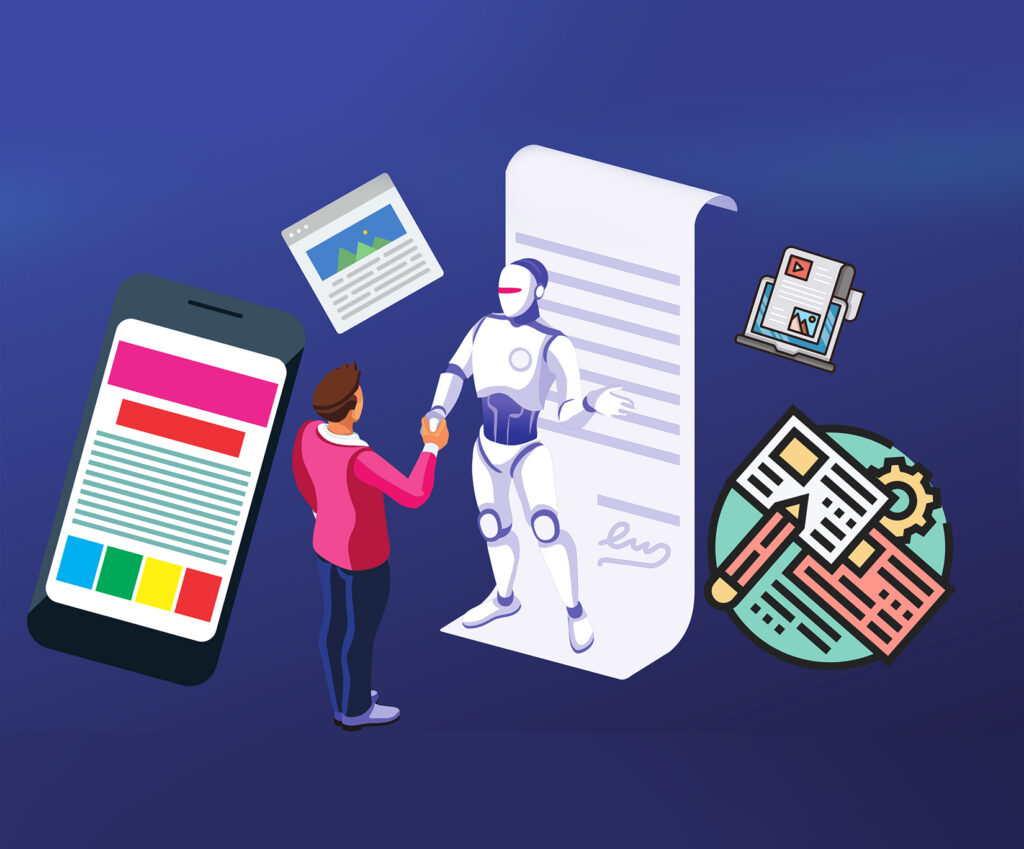
What Is AEO? Introducing Generative Engine Optimization
Answer Engine Optimization (AEO) is the practice of optimizing for AI-based search engines and conversational platforms. Think of it as the evolution of SEO, reimagined for tools like:
- Perplexity (which cites sources in responses)
- You.com
- ChatGPT with browsing
- Google SGE (Search Generative Experience)
Where SEO is about being ranked, AEO is about being referenced.
These AI engines often quote, link to, or paraphrase content. AEO helps ensure your brand’s content is:
- Discoverable by AI crawlers and retrievers
- Structured for AI citation and reference
- Trusted as a reliable source by generative algorithms
Together, LLMO and AEO form a dual-layered strategy for the future of digital visibility.
Why LLMO and AEO Matter More Than Ever
The Decline of the Click
We’ve entered the zero-click era, where generative answers mean users don’t need to click through to your website. This has profound implications:
- Organic CTRs (click-through rates) are falling
- Even top-ranking pages see fewer visits
- Users trust AI-summarized answers more than traditional snippets
The Rise of AI-Mediated Discovery
Increasingly, business leaders, researchers, and consumers are turning to LLMs for fast, conversational insight. For B2B brands especially, being included in the answer is the new mark of authority.
Visibility ≠ Ranking
It’s possible to rank #1 on Google and be ignored by generative tools—or to rank nowhere and still be quoted in ChatGPT. AEO is how you bridge that gap.
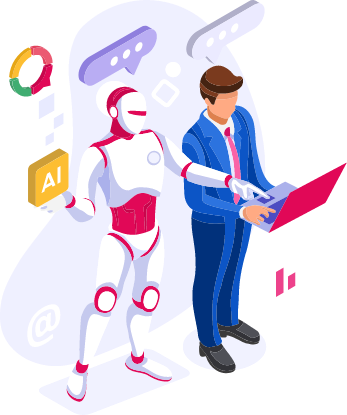
How LLMs Consume and Cite Content
To optimize for LLMs, we need to understand how they work:
- LLMs prefer clear, authoritative content with natural language flow
- They extract structured insights—especially from lists, FAQs, and headers
- They trust brands with high topical authority (frequent mentions, consistency, backlinking)
In short, LLMs reward what humans also value: clarity, expertise, and relevance. But unlike humans, they need structure and signals to understand your content’s reliability.
Core Tactics for LLMO and AEO Success
1. Create Conversational, Contextual Content
LLMs are trained on how people speak. That means:
- Write naturally, not robotically
- Use FAQs, how-tos, and question-answer formats
- Answer specific queries in plain, clear language
- Incorporate synonyms, related phrases, and user intent
Example: Instead of “Answer Engine Optimization for B2B SEO,” try “How can B2B marketers optimize their content to appear in AI-generated answers?”
2. Focus on Semantic & Long-Tail Keywords
Traditional keyword stuffing doesn’t work in LLM land. Instead:
- Emphasize search intent over search volume
- Use long-tail queries that mimic how people speak to AI
- Include variations of core terms to build contextual weight
AEO-optimized keywords:
“Cited by ChatGPT,” “content that appears in Perplexity AI,” “optimize for AI search results,” “LLMO strategy for marketing teams.”
3. Structure Content for Machine Interpretation
Just like search engines love schema, so do LLMs. Your formatting matters:
- Use clear H1, H2, H3 structure
- Break up walls of text with bullets and numbered lists
- Use tables, charts, and bolded terms for scannability
- Add schema markup (FAQPage, HowTo, Article) to signal intent
Tools like Perplexity often favor clearly segmented guides over narrative-only blog posts.
4. Build Depth, Authority, and Relevance
LLMs reference content that feels complete and authoritative. That means:
- Go deep—1,500+ words often outperform thin content
- Back up points with data, quotes, and examples
- Demonstrate topical consistency across your site (e.g., multiple blogs on LLMO, AEO, AI content strategy)
Your brand needs to sound like and act like an expert.
5. Optimize Metadata & Internal Links
AI tools ingest metadata. Be intentional:
- Write natural-language meta titles and descriptions
- Use internal links to cluster related content and establish authority on a topic
- Include descriptive anchor text (e.g., “see our guide to AI-ready content”)
This not only helps traditional SEO—it gives AI models contextual signals that elevate your visibility.
6. Citations, Mentions & External Signals
Generative models often cite based on frequency and trust. You can increase your chances by:
- Earning backlinks from high-authority sites
- Using original statistics or frameworks worth referencing
- Publishing on reputable third-party platforms (e.g., Medium, Substack, LinkedIn)
Pro Tip: AI models love linking to well-structured thought leadership—especially if it includes unique data, expert commentary, or industry frameworks.
7. Monitor Your AI Visibility
You can’t improve what you don’t measure. Use tools to:
- Search your brand in ChatGPT, Gemini, and Perplexity
- Look for citations, summaries, or paraphrased answers
- Track whether your domain is being pulled in AI overviews
As this space evolves, visibility in generative search may become a key digital marketing KPI.

What LLMO + AEO Mean for Marketers
SEO isn’t dead—but it’s evolving. Marketing teams who embrace LLMO and AEO will:
- Increase their AI-era visibility
- Reduce dependency on traditional SERPs
- Future-proof their content investments
- Position their brand as an authoritative, AI-trusted resource
In short, it’s not enough to be seen. You need to be cited. Trusted. Used.
Let’s Talk About Your AI Visibility
At Bluetext, we help brands thrive in the age of AI search. From content strategy to metadata, structure, and authority-building, we craft marketing that performs across platforms—including the ones without a click-through.
Reach out today to ensure your content gets seen, cited, and surfaced—wherever your audiences are searching.
It’s easy to think of brand reputation as something soft—sentiment, social buzz, or how people feel about your name. But in today’s marketing environment, reputation isn’t just perception. It’s infrastructure.
With the rise of AI-driven tools and generative search engines, your brand’s reputation isn’t just being observed—it’s being modeled. The language used to describe you, the consistency of your message, and the credibility of the sites linking back to you are all shaping how search engines and AI systems categorize and recall your business.
This isn’t about visibility in the traditional sense. It’s about structural presence—your reputation layer—the ambient signals that define your brand online, whether you control them or not.
From Awareness to Infrastructure
For years, digital marketers chased brand awareness. We built impressions, optimized for reach, and reported on vanity metrics. But the game has changed.
Today, AI models and search engines don’t just index content—they synthesize it. When someone asks a tool like ChatGPT or Google’s Search Generative Experience about your company, the system responds based on everything it has seen, learned, and inferred.
At that moment, your brand isn’t represented by your latest campaign or homepage headline. It’s represented by the composite reputation you’ve built across the web. That includes:
- How often your brand is mentioned
- What words are used to describe you
- Who links to your site
- Whether those links appear in trustworthy contexts
- And how consistently all of the above aligns
In short: your brand’s reputation is shaped by the web’s memory—and your job is to help shape what that memory retains.
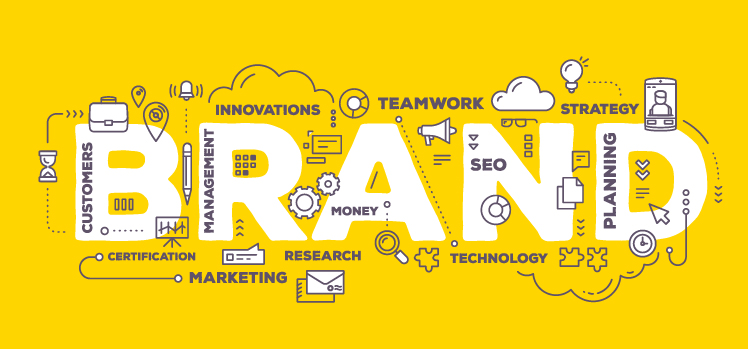
The Reputation War Is a War of Memory
Let’s break it down. A better competitor doesn’t need a bigger ad budget to win. They just need to appear:
- More consistently described
- Across more trustworthy sources
- With fewer contradictions and more clarity
This creates what we call the reputation layer—a foundation of consistent, contextual, and credible digital signals that strengthens how your brand is understood by algorithms and humans alike.
Think of it like digital compounding interest. Each consistent mention, backlink, and structured data point strengthens your standing not just in Google rankings, but in the semantic networks that AI systems build behind the scenes.
Generative Engine Optimization: The Next Frontier
Traditional SEO is still important, but it’s no longer enough.
Enter Generative Engine Optimization (GEO)—a newer discipline focused on influencing how generative AI tools perceive and recall your brand.
Where SEO focuses on rankings, GEO focuses on representation. That means building the kind of consistent, contextual footprint that models use to answer questions, complete prompts, and offer recommendations.
GEO tactics include:
- Using consistent brand language across all digital channels
- Securing high-authority mentions and backlinks
- Creating well-structured, easily digestible content
- Optimizing metadata, schema, and semantic associations
- Encouraging trusted third-party coverage and citations
In GEO, the goal is not just to be seen—it’s to be understood accurately and repeated confidently by systems that influence buying behavior.
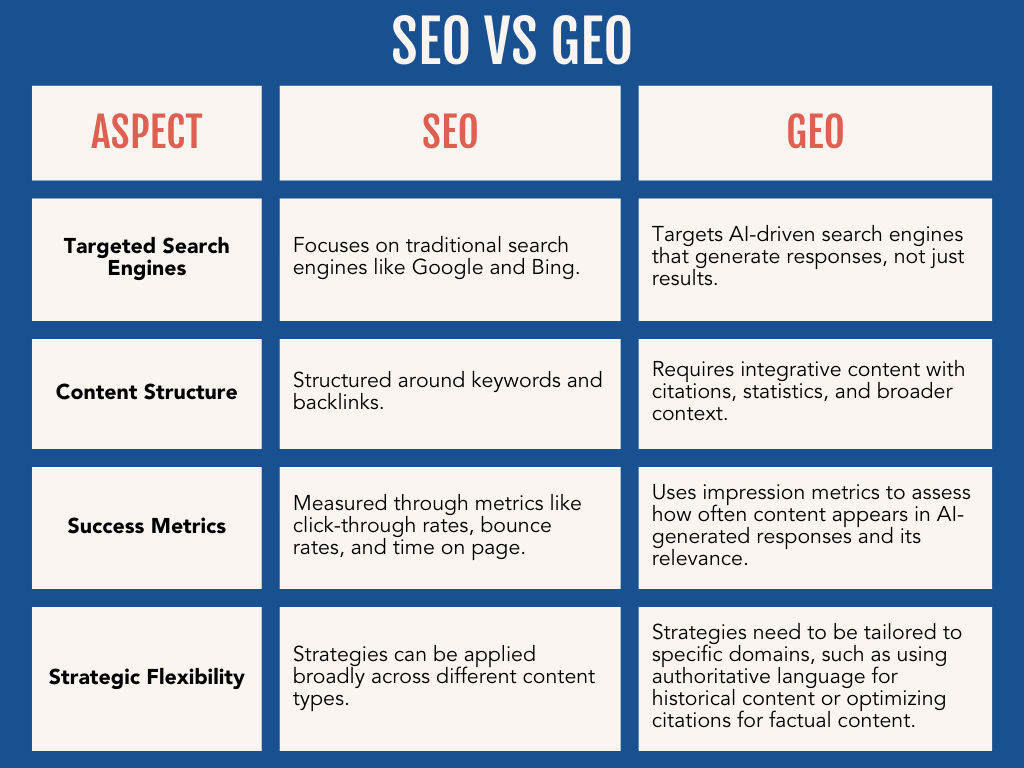
Consistency Is No Longer Optional
If your homepage says one thing, your press release says another, and your LinkedIn profile tells a third story, you’re not just confusing customers—you’re confusing the system.
And systems don’t forget.
Every inconsistency across your digital presence introduces ambiguity. That ambiguity weakens your authority, makes your content harder to categorize, and reduces the likelihood of your brand being surfaced in search or summarized in generative answers.
Consistency, on the other hand, creates semantic strength. It gives both humans and machines a clear, repeatable understanding of what your brand stands for, what you do, and why you matter.
Where Reputation Lives: Building Your Brand’s Memory Layer
To strengthen your brand’s reputation layer, focus on these four pillars:
1. Consistency Across Channels
Ensure your messaging, brand descriptors, and visual identity are aligned across every digital touchpoint—from your website to your social media bios to your executive bios on third-party sites.
2. Contextual Placement
It’s not just about where you’re mentioned. It’s about how you’re mentioned. Are you cited as a leader? Are you associated with innovation, security, growth? The language around your brand matters just as much as the link itself.
3. Credibility of Sources
Backlinks from high-authority websites (think trade publications, well-regarded industry blogs, or news outlets) send trust signals to both search engines and AI models. A citation in a reputable source can be more impactful than 100 low-quality mentions.
4. Structured Content
Make it easy for machines to parse your content. Use headers, schema markup, and plain language to reinforce key themes. Structure reinforces clarity—which reinforces trust.
Strategic Questions to Ask Right Now
If you want to gauge the strength of your brand’s reputation layer, start with these questions:
- Is our brand described consistently across all third-party platforms?
- Are we being cited or mentioned by credible sources?
- Do we control our entries in structured data repositories like Wikidata?
- Have we earned relevant backlinks from trusted websites?
- Does our messaging align across sales, marketing, PR, and executive thought leadership?
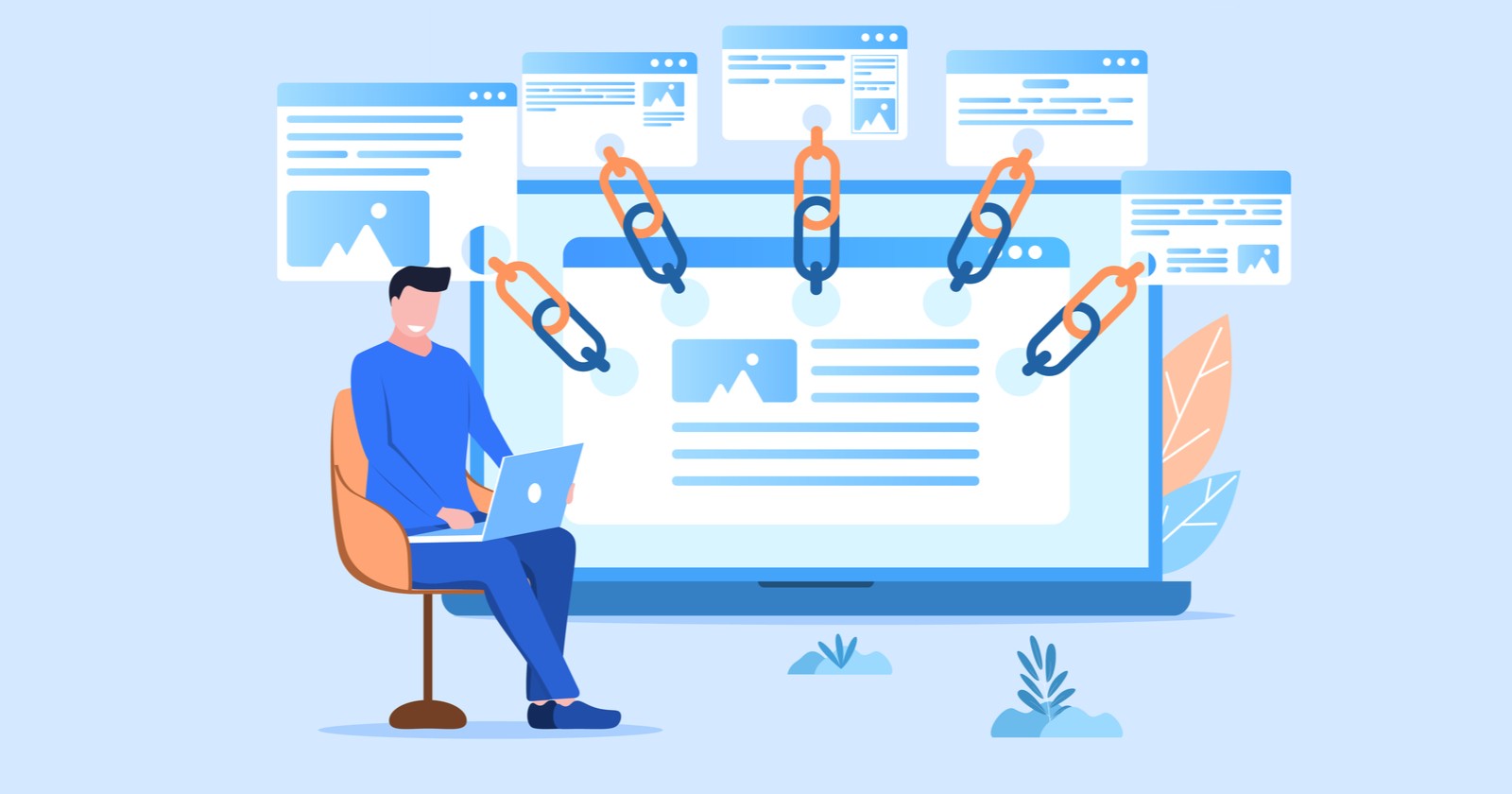
A Coherent Brand Is a Competitive Advantage
The brands winning today aren’t just investing in performance ads or clever copy. They’re investing in coherence.
They’re managing not just their content, but the context around their content. They’re shaping how others talk about them. And they’re being rewarded with better placement, more accurate representation, and stronger recall in both search engines and AI-generated responses.
If your brand is scattered, the system remembers that. But if your brand is disciplined, reliable, and strategically visible—the system rewards that too.
Reputation Is the New Brand Infrastructure
Inclusion is everything. But inclusion without control is chaos. That’s why reputation is no longer just a PR concern—it’s part of your core marketing infrastructure.
In an AI-first landscape, your brand’s reputation layer is one of the most powerful assets you have. Treat it like infrastructure. Maintain it. Reinforce it. Strengthen it over time.
Because the next time someone asks an AI about your business, it’s your reputation—your digital residue—that will answer.
Want to Strengthen Your Brand’s Reputation Layer?
Bluetext helps organizations build consistent, contextual brand infrastructure that performs across SEO, AI search, and beyond. Whether you need help aligning your message, earning the right mentions, or auditing your digital footprint—we’re here to help.
Contact us today to get started.
The average enterprise uses over 90 marketing technology tools across departments—and that number is still climbing. From campaign automation and CRMs to chatbots and data enrichment tools, it’s easy to see how even the most sophisticated marketing teams end up with tech stacks that are bloated, redundant, and wildly underutilized.
This growing complexity comes at a cost: disjointed customer experiences, wasted budget, operational inefficiency, and poor alignment with revenue goals.
That’s where a MarTech stack audit comes in.
A strategic audit doesn’t just clean house—it provides clarity. It helps marketing leaders identify which tools to keep, which to cut, and which can be combined to improve performance and simplify operations. If your stack feels more like a junk drawer than a power tool, it’s time to reassess.
The Risks of a Bloated MarTech Stack
Too much tech isn’t just inefficient—it’s actively harmful to your business outcomes. Here’s why:
- Wasted Budget: You’re likely paying for tools that are barely used—or completely unused.
- Data Silos: With multiple platforms collecting customer data, it’s harder to get a unified view of performance or behavior.
- Inefficient Workflows: Teams waste time toggling between platforms, managing duplicate processes, or dealing with misaligned automations.
- Frustrated Teams: When the stack doesn’t work together, Marketing Ops teams carry the burden of patching it all together manually.
If your MarTech stack feels like more of a burden than a benefit, that’s a clear signal it’s time for a comprehensive audit.
What to Keep: Tools That Support Revenue and Scalability
The goal isn’t to slash and burn—it’s to prioritize the platforms that deliver measurable value. When evaluating what to keep, focus on tools that:
- Drive ROI: Are you clearly seeing business impact from this tool (e.g., lead quality, conversion rate, revenue attribution)?
- Are Widely Adopted: If your team isn’t using the tool consistently or effectively, it’s not worth keeping.
- Integrate Well: Is the tool plugged into your data layer, CRM, or automation workflows?
Essential tools that often make the cut include:
- Customer Relationship Management (CRM) platforms like Salesforce or HubSpot
- Marketing Automation Tools such as Marketo, Pardot, or ActiveCampaign
- Analytics Platforms for performance tracking (Google Analytics, Looker, Tableau)
- Content Management Systems (CMS) with flexibility and personalization features
If the tool clearly supports your funnel—from awareness to revenue—and plays nicely with the rest of your stack, it’s a keeper.
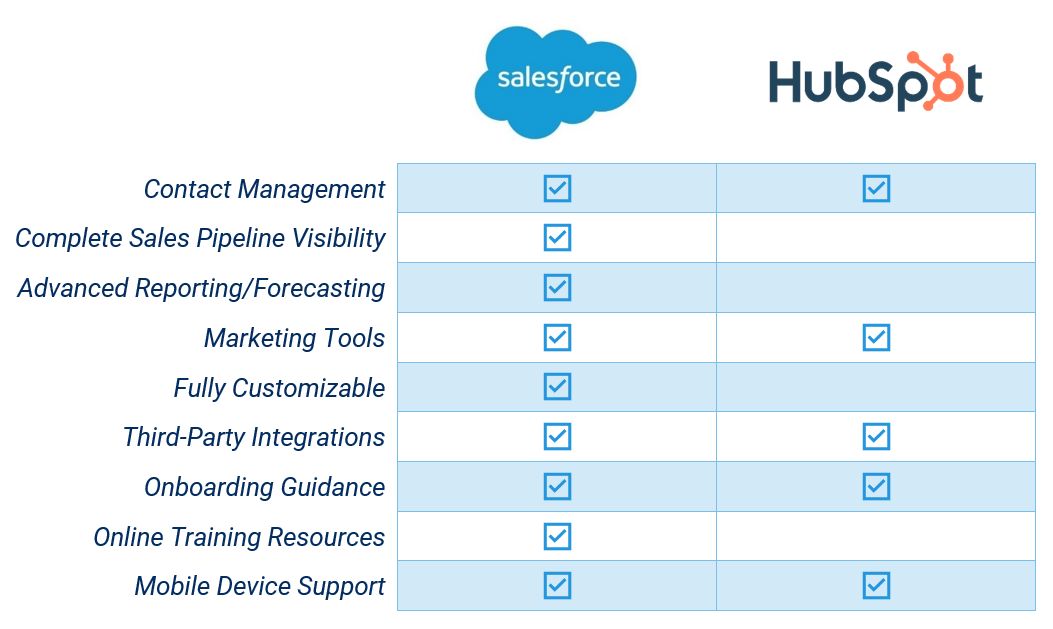
What to Kill: Tools That Drain Resources or Create Friction
Not every tool deserves a place in your stack. Some should be sunset to reduce complexity and cost. Red flags include:
- Redundancy: Are there multiple platforms performing the same function (e.g., two different email marketing platforms or survey tools)?
- Low Usage: Are licenses going unused or is the platform too complex for team adoption?
- Lack of Integration: Tools that operate in silos or require excessive manual workarounds aren’t worth the effort.
- Unclear ROI: If you can’t measure the value, it’s likely not driving results.
Killing tools can be a morale win too—your team will thank you for removing tech debt that slows down progress.
What to Combine: Tools That Overlap in Function
One of the most powerful outcomes of a MarTech audit is consolidation. Many modern platforms now offer multi-functional capabilities that replace the need for multiple point solutions.
Consider:
- All-in-One Marketing Platforms (like HubSpot or Adobe Experience Cloud) that combine CRM, email, automation, and content.
- Customer Data Platforms (CDPs) that centralize user behavior and enable personalization across tools.
- Integrated ABM Suites that unify ad targeting, content personalization, and sales insights.
The goal is to map your workflows and see where platform consolidation can improve speed, reduce costs, and minimize friction between teams.
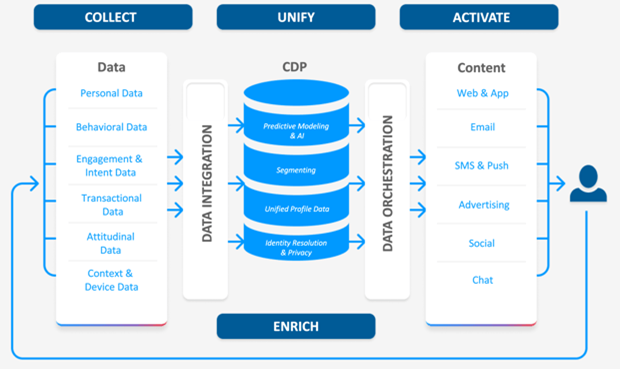
Best Practices for a Successful MarTech Stack Audit
A thorough audit requires more than just a list of logins. To do it right:
- Interview Stakeholders – Talk to your marketing, sales, ops, and analytics teams. Who’s using what? What’s actually working?
- Audit Usage and Cost – Review licensing data and usage reports. How often is each tool being used, and by whom?
- Map Integrations – Visualize how your tools connect. Where are the gaps or workarounds?
- Score Each Tool – Create an “impact vs. effort” matrix to weigh business value against maintenance cost.
- Align With Strategy – Don’t just audit for efficiency—audit for alignment. Tools should directly support your current and future marketing goals.
This process doesn’t just declutter—it sets the foundation for a smarter, more integrated marketing engine.
How to Future-Proof Your Stack Post-Audit
After your audit, don’t fall back into old habits. Build in long-term governance by:
- Creating Documentation – Ensure tool purpose, owners, and integrations are clearly documented.
- Assigning Ownership – Every tool should have a designated owner responsible for training, performance, and license management.
- Scheduling Regular Re-Audits – A quarterly or annual review helps keep your stack lean and aligned with evolving goals.
- Involving Revenue Teams – Tech decisions should never be made in a marketing silo. Ensure cross-functional alignment with sales, RevOps, and finance.
The best MarTech stacks are intentional, integrated, and iterative—not accidental patchworks of vendor hype.
Looking to Streamline Your Stack Without Sacrificing Strategy?
Bluetext helps marketing leaders cut through the noise and reclaim control of their tech stack. Our MarTech stack audits are designed to uncover hidden inefficiencies, align your tools with revenue goals, and lay the foundation for scalable, data-driven marketing operations.
Contact us to schedule your audit and future-proof your stack.
In government contracting, the RFP isn’t the starting line—it’s the midpoint. By the time a request for proposal (RFP) hits SAM.gov or an agency portal, the most successful vendors have already been shaping the conversation. Their messaging is familiar. The solutions feel tailored. Their names are top of mind.
Welcome to pre-RFP marketing—the strategic art of influencing the buy before the bid.
Why Waiting for the RFP Is Too Late
Government buyers aren’t making decisions in a vacuum. Long before an RFP is released, agencies are:
- Conducting market research
- Reviewing past performance
- Following industry thought leaders
- Listening to the players shaping public discourse
If your brand only shows up once the formal procurement starts, you’re already behind. Agencies tend to favor vendors they know, trust, and associate with mission fluency. Pre-RFP marketing ensures that you’re in the conversation before requirements are locked in.
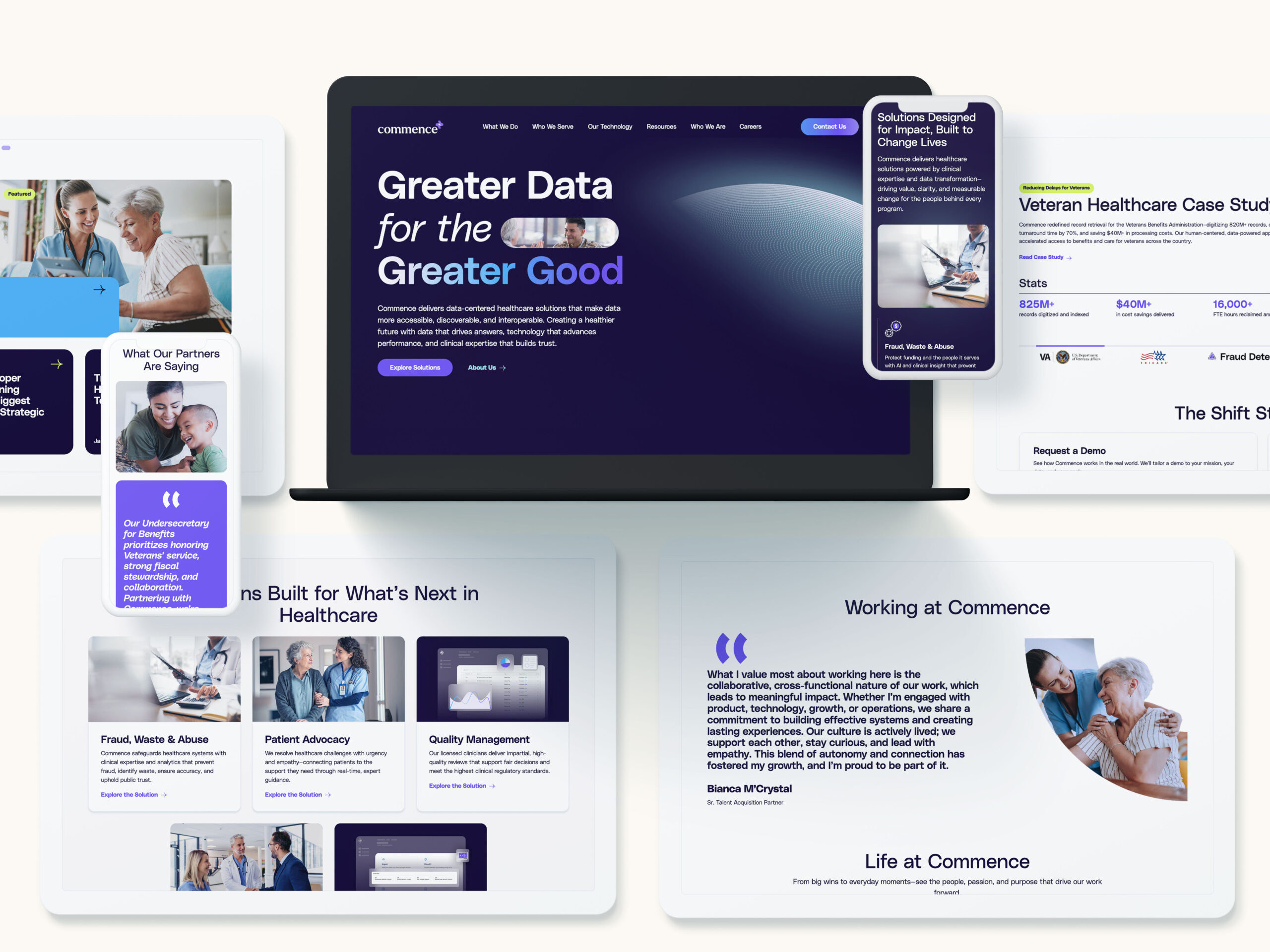
What Pre-RFP Marketing Looks Like
This isn’t traditional lead-gen marketing—it’s highly strategic, often narrowcasted, and deeply aligned with procurement timelines. Pre-RFP marketing may include:
- Agency-specific messaging that speaks to mission goals and challenges
- Content marketing aligned to strategic priorities (e.g., zero trust, AI integration, climate resilience)
- Awareness-building campaigns that elevate your expertise in relevant domains
- Executive thought leadership that frames your brand as a solutions partner, not just a vendor
The goal isn’t volume—it’s influence.
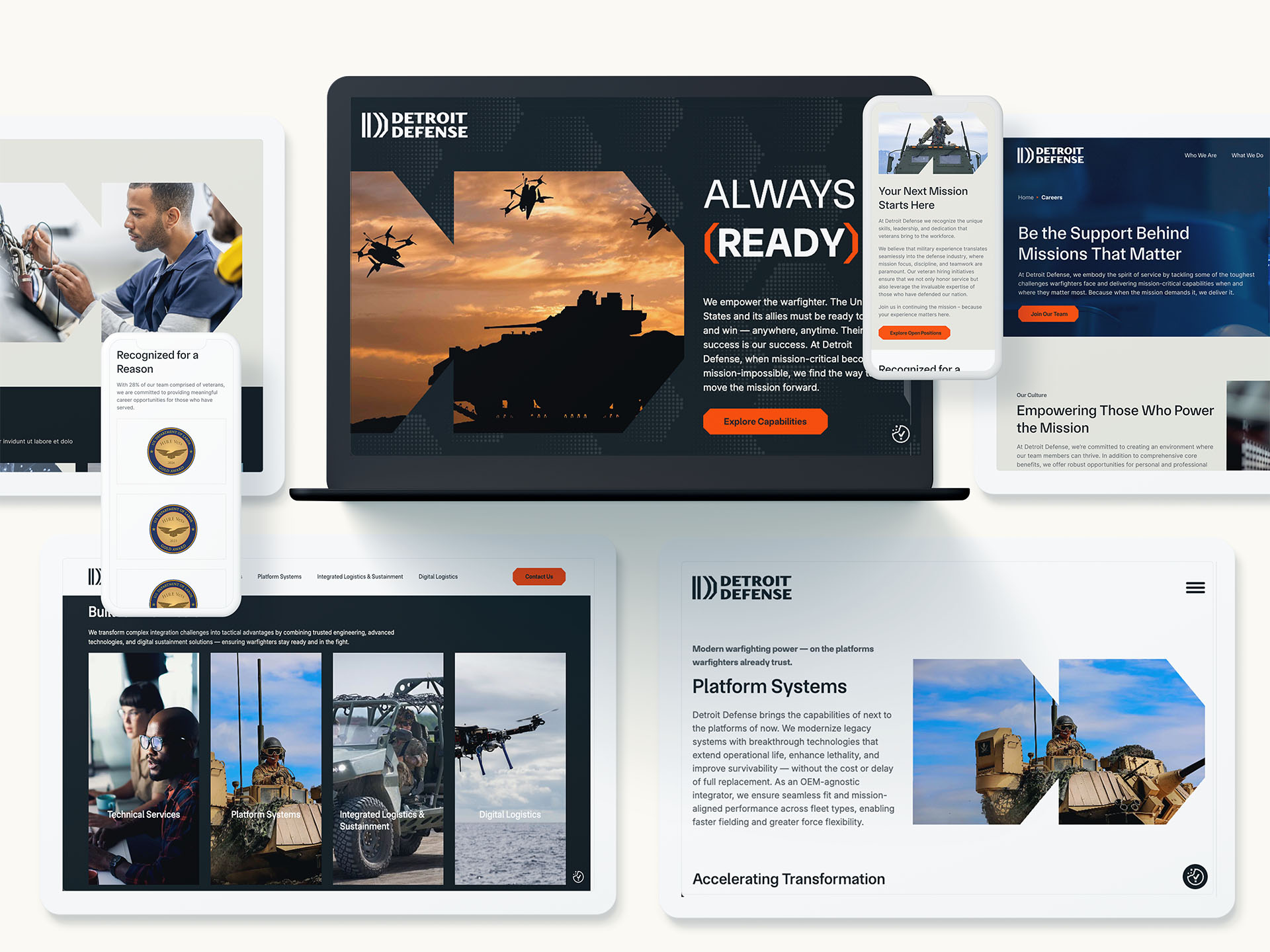
Marketing + Capture: The Dream Team
In the B2G space, marketing should work hand-in-hand with business development and capture teams to create pre-RFP momentum. That collaboration looks like:
- Message alignment based on capture insights, agency intel, and pain points
- Strategic content creation that reinforces key capabilities tied to upcoming procurements
- Campaign timing that builds awareness months—or even years—before the bid drops
- Visual storytelling that mirrors future proposal themes and evaluation priorities
Pre-RFP marketing isn’t a siloed activity. It’s an integral part of shaping opportunity strategy.
Tactical Ways to Influence Before the RFP
Smart pre-RFP marketing combines digital precision with reputational lift. Tactics might include:
- Agency-targeted landing pages or microsites: Showcase case studies, credentials, and capabilities specific to the agency’s needs.
- Mission-aligned white papers, videos, or articles: These signal thought leadership and policy fluency—and can be shared by internal champions.
- LinkedIn targeting and paid campaigns: Reach key agency decision-makers and influencers with tailored content.
- Conference presence and speaking opportunities: Position SMEs and executives at industry events where agency staff are present.
- PR placements in federal media: Establish credibility through earned media on platforms read by procurement leaders.
These assets don’t just inform—they shape perception.

How Pre-RFP Marketing Pays Off
This level of positioning isn’t just about awareness—it influences outcomes. Done right, pre-RFP marketing:
- Establishes name recognition that builds evaluator confidence
- Increases your “trusted partner” status well before proposal submission
- Shapes the RFP itself by aligning with the narratives and needs already in motion
- Sets the stage for better win themes when the proposal does come around
It’s a long game—but it’s a proven one.
Don’t Just Bid. Influence.
Winning in the public sector isn’t about reacting quickly—it’s about planning smartly. The most successful GovCon brands don’t just respond to RFPs. They shape the buying environment before the paperwork even begins.
Want to Lead Before You Bid?
Bluetext helps government contractors develop strategic, pre-RFP marketing campaigns that position them as mission-aligned, agency-ready partners. From messaging architecture to campaign execution, we work alongside your capture and BD teams to create early influence that pays off at award time.
Contact us to get ahead of the next opportunity—and make sure you’re on the shortlist before the RFP even drops.
The digital marketing world is preparing for a major shift: third-party cookies are on their way out. While the writing has been on the wall for some time—thanks to growing privacy concerns, regulatory pressure, and browser-level changes—the final countdown is now in motion. For B2B marketers, this change isn’t just a technical update; it’s a signal to rethink how we connect with audiences, measure success, and build meaningful digital campaigns in a privacy-first landscape.
So what does a cookieless future really mean for B2B marketing teams? And how should companies adapt?
Why the Cookie Is Crumbling
Third-party cookies have long been the backbone of many digital marketing strategies. They’ve enabled advertisers to track user behavior across sites, build robust audience profiles, serve retargeting ads, and measure multi-touch attribution.
But between data privacy regulations (like GDPR and CCPA), increased consumer scrutiny, and decisions by major players (Google, Apple, Mozilla) to block or phase out third-party cookies, marketers can no longer depend on these trackers to deliver precision targeting.
Unlike in B2C, where massive datasets and behavioral signals are more readily available, B2B marketers often work with smaller audiences, longer buying cycles, and more complex decision-making processes. The loss of third-party cookies only heightens the need for thoughtful, compliant, and relationship-based approaches.
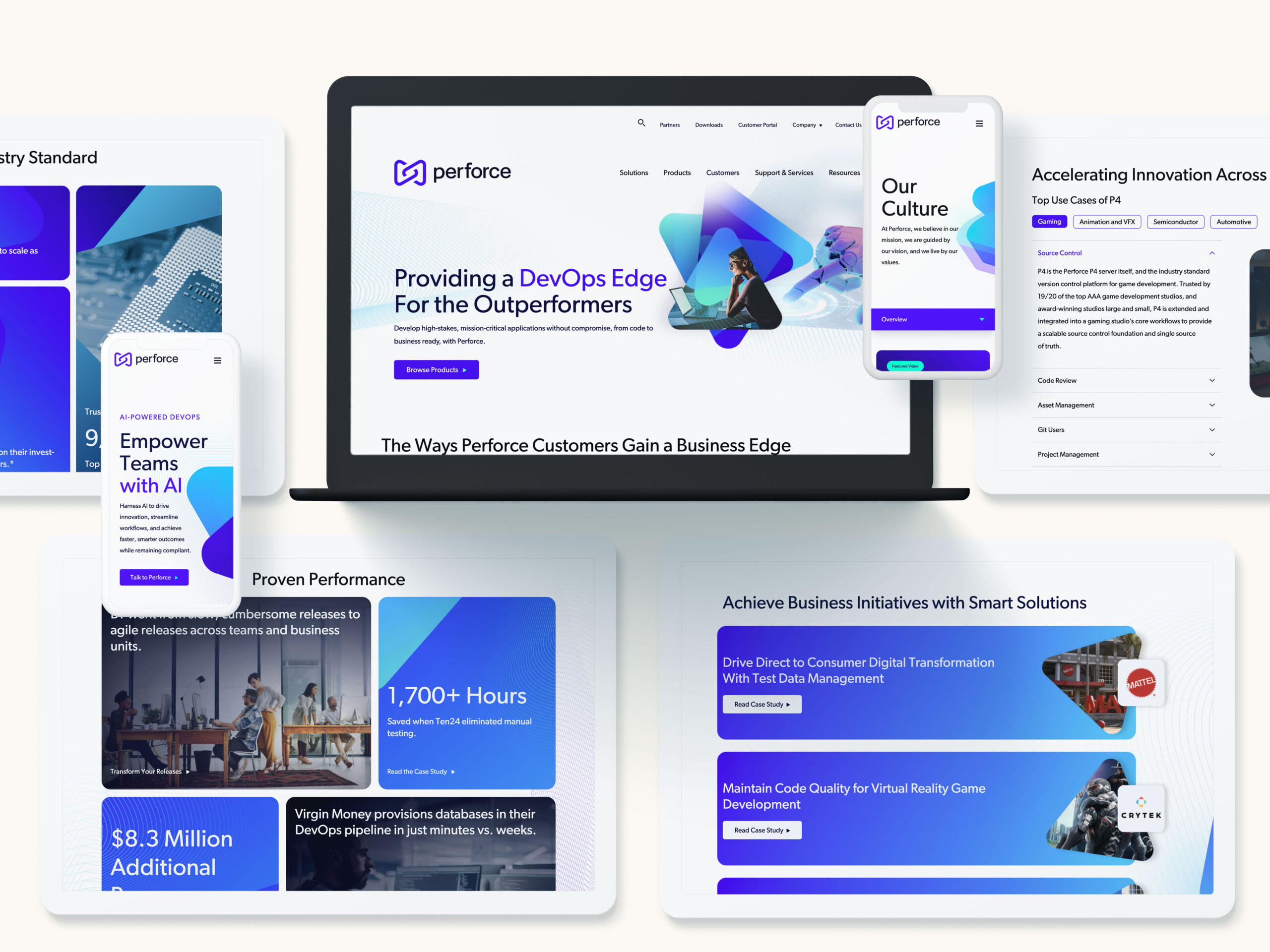
What’s at Stake for B2B Marketing Teams
In a post-cookie environment, several key capabilities are at risk:
- Audience targeting precision – Building lookalike or intent-based audiences becomes more difficult without access to third-party behavioral signals.
- Retargeting – Following up with anonymous site visitors through programmatic channels is less reliable or even impossible.
- Attribution tracking – Multi-channel attribution models may break down without the ability to track users across sessions and domains.
- Lead nurturing automation – Third-party data often feeds into segmentation logic for account-based and intent-driven campaigns.
This shift forces B2B marketers to re-examine how data is collected, stored, and activated—and it puts renewed emphasis on first-party data, consent, and creative execution.
Privacy-First Alternatives Built for the Future
The end of third-party cookies doesn’t mean the end of personalization or targeting—it simply requires a smarter, more ethical approach to doing so. Here’s where B2B teams should focus their attention:
1. First-Party Data Strategy
First-party data—information your audience shares directly with you—is now your most valuable asset. This includes:
- Website interactions
- CRM and sales data
- Email engagement
- Event participation
- Content downloads or form fills
Building robust lead capture mechanisms, refining gated content strategy, and aligning marketing automation with sales insights are now critical to campaign success.
2. Contextual Targeting
In a world without cookies, where an ad appears can be just as important as who sees it. Contextual targeting uses the content of a webpage to inform ad placement—think serving cybersecurity messaging on a tech policy news site. While not new, this approach has become more precise with AI and NLP advancements and is making a strong comeback in B2B media buying.
3. Identity Resolution and Clean Rooms
Platforms like LiveRamp, The Trade Desk’s UID2.0, and Google’s PAIR are offering new ways to match audiences using encrypted first-party identifiers. Meanwhile, data clean rooms allow for privacy-safe collaboration between advertisers and publishers by enabling targeting without exposing raw user data.
These solutions require careful vetting and often demand more technical investment, but they provide viable paths to compliant targeting and measurement in B2B environments.
4. Platform-Based Targeting
As third-party cookies disappear, B2B marketers will increasingly lean on platforms that control their own ecosystems—think LinkedIn, Google, Meta, and industry-specific programmatic networks. These walled gardens have deep first-party data pools and increasingly sophisticated ad tools. However, marketers must balance effectiveness with cost and limited visibility into audience behavior outside those platforms.
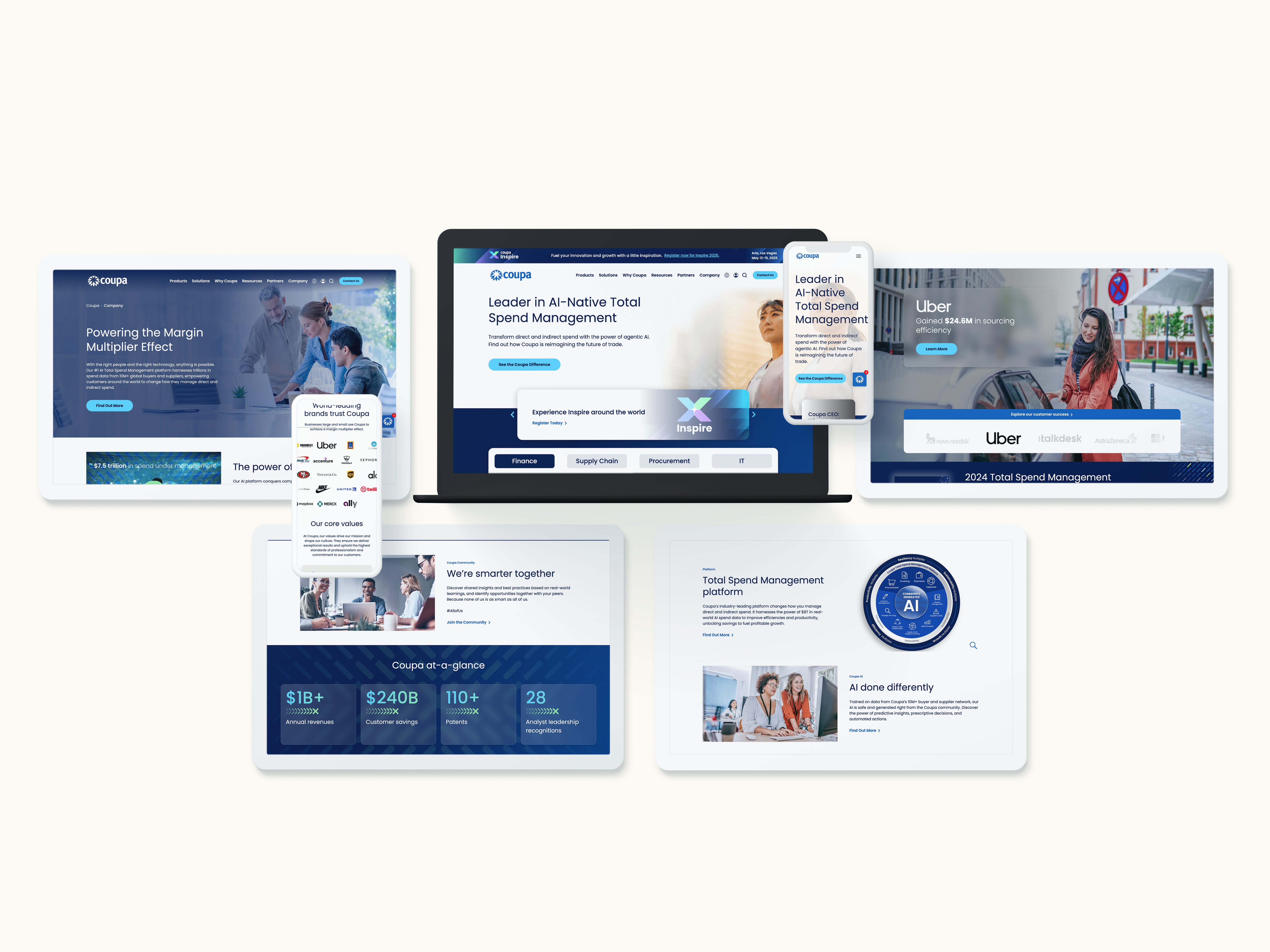
What B2B Marketers Should Be Doing Now
With the sunset of cookies no longer hypothetical, proactive planning is essential. Here are the immediate steps B2B teams should take:
- Audit your current martech stack to understand where third-party cookies are being used (from ad targeting to analytics).
- Enhance your first-party data strategy by refining lead capture forms, improving CRM hygiene, and investing in customer data platforms (CDPs).
- Test contextual and native campaigns now to build experience with post-cookie tactics.
- Explore identity solutions with your media partners and vendors to determine what options make sense for your business.
- Revisit attribution models and prepare to rely more heavily on direct engagement metrics and source-based lead reporting.
The End of Cookies Is the Start of Better Marketing
The transition away from third-party cookies is less a threat and more an opportunity—an opportunity to build deeper relationships, center strategy around consent and value, and create more resilient marketing ecosystems.
For B2B marketers, this is the time to get ahead. Waiting until third-party cookies are fully deprecated means playing catch-up in a game already in motion. The brands that win in this next phase won’t be the ones that cling to old tactics—they’ll be the ones that adapt, test, and evolve.
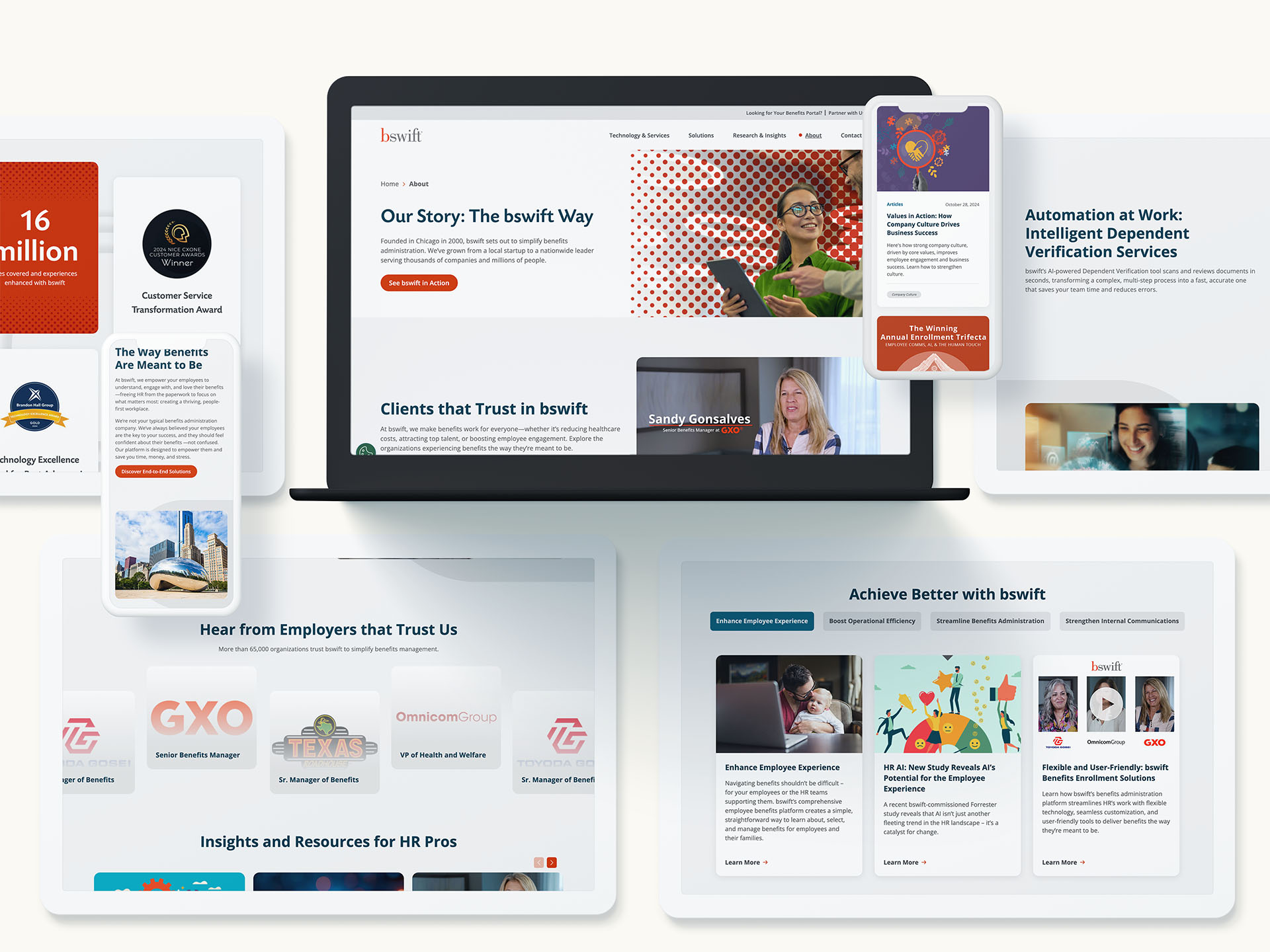
Need Help Navigating the Post-Cookie Future?
Bluetext helps B2B brands build smarter, privacy-first targeting strategies—from first-party data activation to media planning and messaging. If you’re ready to rethink your digital campaigns for the cookieless future, let’s talk.
Winning federal contracts is a highly competitive process that requires more than just a strong proposal. In today’s digital-first landscape, government contractors must leverage modern marketing strategies to stand out, build credibility, and engage key decision-makers. A well-executed digital marketing strategy can be the difference between securing a contract and being overlooked. This blog explores how government contractors can use digital marketing to gain an edge in the federal procurement space.
Why Digital Marketing is Essential for Federal Contractors
Traditional networking and referrals remain valuable, but government buyers increasingly conduct research online before making procurement decisions. Without a strong digital presence, contractors risk missing out on critical opportunities. Digital marketing helps federal contractors:
- Increase Visibility: A robust online presence ensures agencies can find and evaluate your company.
- Build Credibility: A well-maintained website and thought leadership content establish trust.
- Engage Decision-Makers: Targeted digital campaigns help influence key stakeholders at the right time.

Optimizing Your Website for Government Buyers
Your website is often the first impression a government agency has of your company. To make it effective:
- Ensure Compliance: Include required disclaimers, certifications, and security measures.
- Clarify Capabilities: Highlight core competencies, past performance, and contract vehicles.
- Simplify Navigation: Make it easy for government buyers to find relevant information quickly.
SEO and Content Marketing for Thought Leadership
Search engine optimization (SEO) is critical for ranking in searches relevant to government contracting. Consider these strategies:
- Target Industry Keywords: Optimize for terms like “government contract consulting” or “federal procurement solutions.”
- Publish Informative Content: Create blog posts on regulatory updates, procurement tips, and case studies.
- Leverage Backlinks: Partner with industry sites and publications to improve authority.
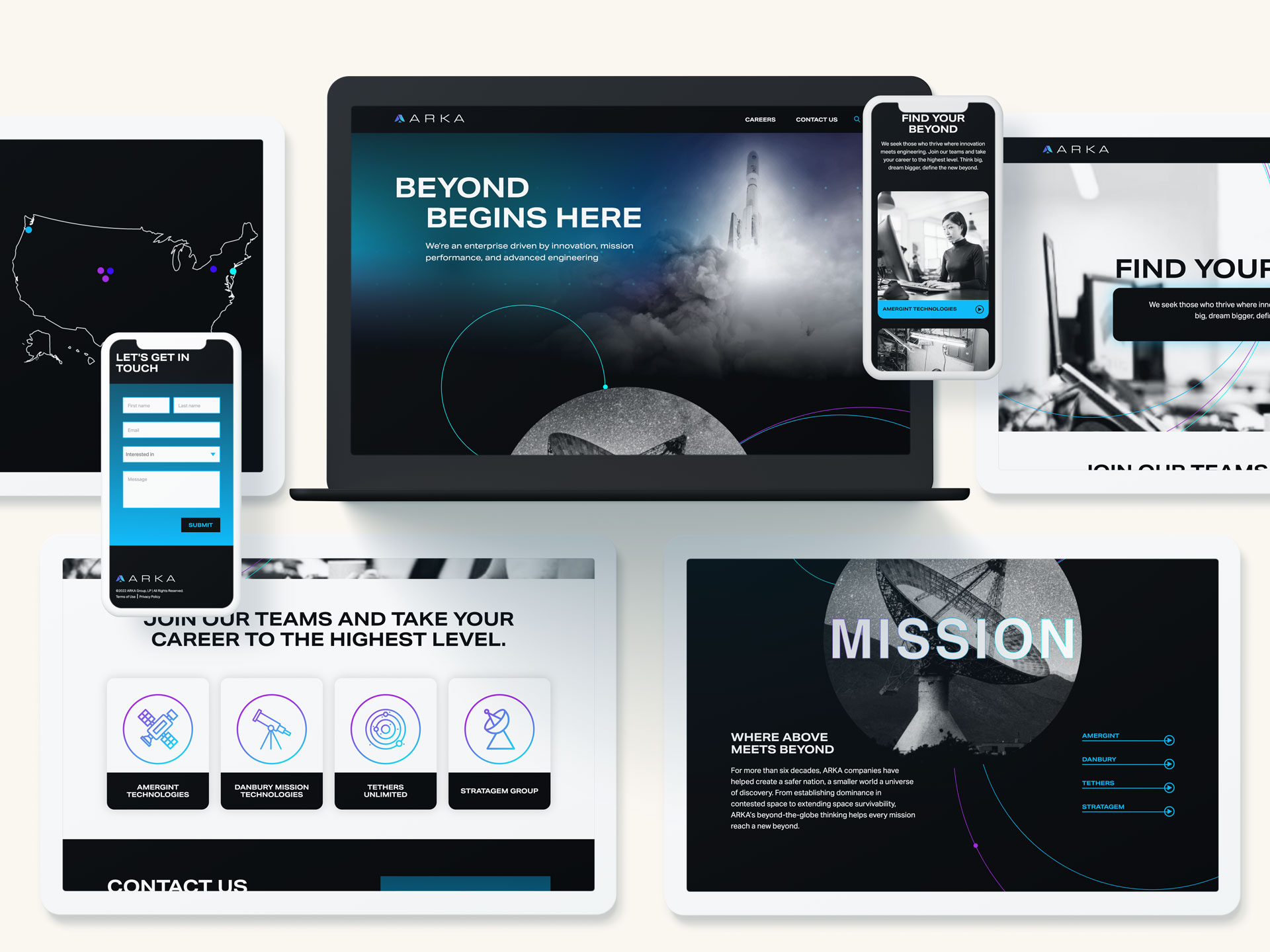
Leveraging LinkedIn & Targeted Advertising for Outreach
LinkedIn is a powerful tool for engaging government buyers and influencers. Contractors should:
- Develop a Strong LinkedIn Presence: Share relevant content and updates.
- Engage in LinkedIn Groups: Participate in government contracting discussions.
- Run Targeted Ads: Use LinkedIn and other platforms for account-based marketing (ABM) to reach key decision-makers.
Final Thoughts
Winning federal contracts requires more than technical expertise; it demands a strategic marketing approach. By leveraging digital tools, optimizing your online presence, and engaging government buyers where they research, you can increase your chances of success in the GovCon space.
Need help crafting a government marketing strategy that drives results? Contact Bluetext today to elevate your brand and secure more federal contracts.
The lines between public relations and digital marketing continue to blur, creating new opportunities for brands to amplify their reach and credibility. In 2025, successful marketing strategies will rely on seamless integration between PR and digital channels, leveraging data-driven insights, AI, and multimedia content to engage audiences effectively. This blog explores how businesses can align PR and digital marketing to maximize brand impact.
The Convergence of PR and Digital Marketing
Traditionally, PR focused on reputation management and media relations, while digital marketing prioritized lead generation and online visibility. However, as the digital landscape evolves, PR and digital marketing must work together to build trust and drive engagement.
Key Benefits of Integrating PR and Digital Marketing:
- Enhanced credibility: Digital PR efforts, such as guest articles and influencer collaborations, build authority and trust.
- Greater reach: Combining PR-driven storytelling with SEO and social media extends brand visibility.
- Stronger audience connections: Engaging content backed by PR strategies fosters deeper relationships.

Strategies for a Unified PR & Digital Marketing Approach
1. Data-Driven PR Campaigns
Leveraging analytics and audience insights enables PR teams to craft targeted messages that align with digital marketing goals.
2. Content Marketing with PR Influence
Creating high-quality content that aligns with PR narratives helps brands establish thought leadership and authority.
3. Social Media Amplification
PR efforts gain traction when combined with social media strategies, driving greater engagement and shareability.
4. SEO-Optimized Press Releases
Optimizing press releases for search engines ensures they reach a wider audience and contribute to long-term brand visibility.

Future Trends: Where PR Meets Digital in 2025
AI-powered media monitoring will enhance PR effectiveness, enabling brands to track conversations and measure sentiment more efficiently. Influencer-driven PR will play a greater role in brand credibility, as consumers continue to value authentic endorsements. Additionally, interactive PR campaigns using video, augmented reality (AR), and virtual reality (VR) will provide immersive storytelling experiences that captivate audiences. By staying ahead of these trends, businesses can ensure their PR and digital marketing efforts remain impactful and relevant.
Looking to integrate PR and digital marketing seamlessly? Contact Bluetext today to build a cohesive strategy that drives results.
In an era where data is often called the “new oil,” marketing teams that harness its potential can achieve unprecedented success. Data-driven marketing—using analytics and insights to inform campaign strategies—is no longer a nice-to-have; it’s a necessity for businesses aiming to maximize their return on investment (ROI). This approach helps marketers target the right audience, refine messaging, and allocate budgets effectively, resulting in measurable and impactful outcomes.
But how can your organization fully embrace data-driven marketing in 2025? Let’s explore the strategies, tools, and benefits that make this approach the key to driving ROI in the modern marketing landscape.
The Fundamentals of Data-Driven Marketing
At its core, data-driven marketing is about using customer data and analytics to tailor campaigns that resonate with specific audiences. It goes beyond traditional demographics, diving into behavioral, transactional, and even psychographic data. This comprehensive view allows marketers to:
- Understand customer preferences and behaviors.
- Predict future trends and demands.
- Personalize messaging to drive higher engagement.
Key Types of Data
- First-Party Data: Information you collect directly from your audience, such as website interactions, purchase history, and email sign-ups.
- Second-Party Data: Data shared by trusted partners, offering a broader view of customer behavior.
- Third-Party Data: Aggregated information from external sources, useful for expanding reach and identifying new segments.

Why Data-Driven Marketing Matters
1. Precision Targeting
One of the most significant advantages of data-driven marketing is the ability to precisely target your audience. Instead of casting a wide net, you can focus on high-value prospects who are more likely to convert. For example, predictive analytics can identify users who are ready to make a purchase, enabling you to tailor your messaging accordingly.
2. Improved Customer Experiences
Today’s buyers expect personalized experiences. According to recent studies, 80% of consumers are more likely to engage with brands that offer tailored content. Data-driven insights enable you to deliver the right message at the right time through the right channel.
3. Efficient Budget Allocation
With detailed performance metrics, data-driven campaigns allow you to optimize your marketing spend. By identifying which channels, messages, and strategies yield the best results, you can allocate budgets more effectively and avoid wasted resources.

Building a Data-Driven Marketing Strategy
Transitioning to a data-driven approach requires careful planning and execution. Here’s how to get started:
1. Define Clear Objectives
Start by identifying what you want to achieve with your campaigns. Are you looking to increase brand awareness, drive conversions, or retain customers? Clear goals will help you focus your data collection and analysis efforts.
2. Invest in the Right Tools
Leverage marketing technology platforms that offer robust analytics capabilities. Tools like Google Analytics, HubSpot, and Tableau can provide valuable insights into customer behavior and campaign performance. Additionally, consider investing in a customer data platform (CDP) to centralize and organize your data.
3. Collect and Integrate Data
Gather data from all available touchpoints, including your website, social media channels, email campaigns, and CRM systems. Integration is key—ensure that your data sources are connected to provide a unified view of your customers.
4. Segment Your Audience
Use your data to divide your audience into meaningful segments. Factors like purchase history, engagement levels, and geographic location can help you create highly targeted campaigns.
5. Test and Optimize
A/B testing is a cornerstone of data-driven marketing. Experiment with different headlines, visuals, and calls-to-action to determine what resonates best with your audience. Use these insights to continuously refine your campaigns.

Overcoming Challenges
Despite its advantages, data-driven marketing comes with challenges. Here’s how to address common hurdles:
- Data Privacy Regulations: Stay compliant with laws like GDPR and CCPA by implementing robust data governance practices. Ensure transparency in how you collect and use customer data.
- Data Overload: Avoid analysis paralysis by focusing on the metrics that align with your objectives. Not all data is equally valuable.
- Team Expertise: Invest in training to equip your team with the skills needed to analyze data and derive actionable insights.
The Future of Data-Driven Marketing
As technology advances, the potential of data-driven marketing continues to grow. Emerging trends include:
- AI-Powered Insights: Machine learning algorithms can analyze vast datasets to uncover patterns and predict outcomes with greater accuracy.
- Real-Time Personalization: Dynamic content delivery will enable brands to adapt messaging on the fly based on real-time user behavior.
- Integration with IoT Devices: Data from smart devices will provide deeper insights into customer preferences and habits.
Take the Next Step
Ready to elevate your marketing efforts with data-driven strategies? Bluetext can help. Our team of experts specializes in leveraging analytics and insights to create campaigns that deliver measurable results. Contact us today to learn how we can help your business achieve its marketing goals in 2025 and beyond.
In today’s crowded digital environment, where countless brands vie for consumer attention, fostering loyalty is more challenging—and more crucial—than ever. Building strong brand loyalty is no longer just about having a good product; it’s about creating meaningful, personalized connections with your audience. A loyal customer base not only ensures repeat purchases but also acts as an advocate for your brand, amplifying your message organically. Here are the strategies brands must embrace to inspire loyalty and stand out in a competitive digital landscape.
The Power of Personalization
Consumers expect brands to know who they are and what they want. Personalized experiences—whether through tailored email campaigns, custom product recommendations, or localized content—show customers that you value their individuality. Advanced tools like AI and data analytics can help brands analyze consumer behavior and deliver content that resonates on a personal level. For example, Netflix and Spotify use AI-driven algorithms to curate individualized experiences, creating a strong bond between the user and the platform.
Personalization isn’t just about using someone’s name in an email; it’s about anticipating their needs, solving their problems, and delivering value at every touchpoint. Brands that master this approach stand out as trusted partners in their customers’ journeys.
Community-Building as a Loyalty Driver
Building a sense of community around your brand fosters emotional connections that go beyond the transactional. By creating spaces for customers to engage—whether through online forums, exclusive social media groups, or user-generated content campaigns—you can cultivate a loyal following that feels part of something bigger. Brands like Peloton have excelled by fostering a tight-knit community of users who motivate and support each other.
Strong communities also drive word-of-mouth marketing, amplifying your reach organically. When customers feel they’re part of a movement, they’re more likely to share their experiences with others, extending your brand’s visibility.

Consistency is Key
Consistency in messaging and tone across all platforms reassures customers of your reliability. Whether it’s your website, social media, or in-person events, ensure your brand’s values and personality shine through. A cohesive presence builds trust, and trust is the cornerstone of loyalty.
Moreover, consistency extends beyond aesthetics to include the quality of your products, services, and customer support. Regularly meeting or exceeding expectations reinforces your brand’s credibility and keeps customers coming back.

Rewards and Recognition
Implementing loyalty programs that offer tangible rewards or exclusive experiences incentivizes repeat purchases and strengthens customer relationships. Beyond discounts, consider offering early access to new products, behind-the-scenes content, or VIP events that make your most loyal customers feel valued.
Recognition also matters. Celebrate your customers’ milestones, such as birthdays or anniversaries with your brand, through personalized messages or offers. These small gestures can make a big impact on customer sentiment and loyalty.
Social Responsibility and Authenticity
Consumers increasingly align themselves with brands that share their values. Highlighting your commitment to sustainability, inclusivity, or community outreach can deepen loyalty. For example, Patagonia’s dedication to environmental causes has cemented its reputation as a brand with purpose.
However, authenticity is critical—performative actions can backfire and erode trust. Your brand’s values must be reflected not only in your marketing but also in your business practices.

The Long-Term Vision
Fostering loyalty is a marathon, not a sprint. By investing in personalized experiences, building strong communities, and staying true to your brand’s values, you’ll create a foundation for enduring relationships with your customers, even in a fiercely competitive digital world. Loyal customers are your most valuable asset—they’re your advocates, your ambassadors, and your most dependable revenue stream.
Ready to build lasting brand loyalty? Contact Bluetext today to discover how we can help you create personalized experiences, consistent messaging, and community-driven strategies that resonate with your audience.
